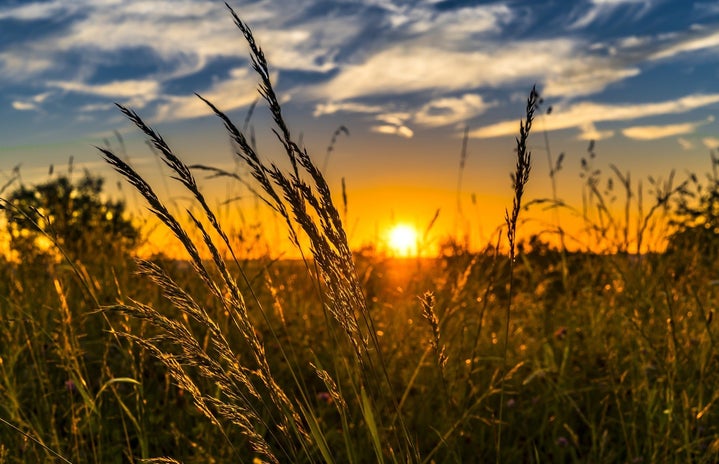Described by W.E.B. DuBois as the “greatest gift of black people,” spirituals are African American religious folk songs born out of the oppressive and inhumane experiences of slavery from the start of the Atlantic slave trade. In the past, these songs provided enslaved Africans with a means of temporary escape from their seemingly hopeless circumstance and taught them how to endure their hardships. Today, they act as records on the conditions of slave life that would have been erased otherwise and touch the hearts of modern listeners to become inspired by each evocation of hope and resistance within the words.
After work for the day was completed, enslaved Africans would congregate in one area of the plantation to sing spirituals together. White plantation owners saw their singing as a sign of happiness towards their position as laborers, and thus this action was used to justify slavery and racist ideologies of white supremacy. It was tolerated because the singing was seen as entertainment. In reality, under the facade of happiness, were songs of sorrow, expressing the pain they felt and their hope for ultimate justice.
Spirituals were the messages of the enslaved that voiced their suffering and longing towards a truer world that would accept them for who they were and wouldn’t discriminate based on the color of their skin. These songs allowed them to say how they truly felt through encoded lyrics without fear of being harmed, as saying these things in public could cost their lives.
Despite coming from different countries in Africa (and thus having completely different cultures and spoken language), spirituals were one of the things that created community among the enslaved and tore down all communication barriers between each other. Oftentimes, these songs included references to the natural world which shows us how the enslaved experienced life beyond their chains. Activities such as watching the sunrise or listening to the flow of water by a river enhanced their image as flesh-and-blood human beings with their own consciousness rather than disposable and exploitable labor for the profit of others.
There were also religious references to the Bible’s Old Testament, creating a sense of comfort that life after death would be different and heaven would reject those who perpetuate cruelty. This influenced the content of the songs which were about love and compassion rather than hate, even when they were severely mistreated.
Over time, the elements of spirituals crept into other art forms such as poetry and helped trigger activism towards larger causes of social justice such as civil rights. These songs continue to encourage their listeners to fight even when the spirit is weary, and to remain optimistic for the future ahead. They help us navigate through life and remind us that our efforts are not in vain. Most importantly, they prompt us of a tragic past, that though we cannot go back and change, we can slowly learn from in order to reach a much more equalized, accepting world.



